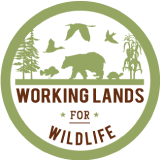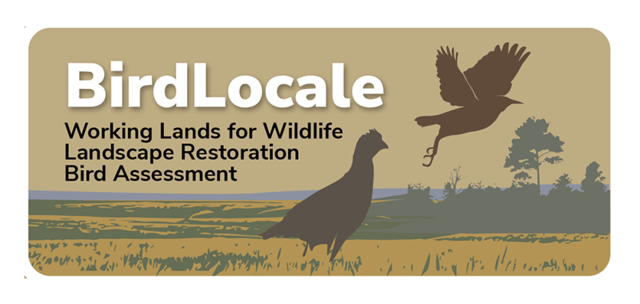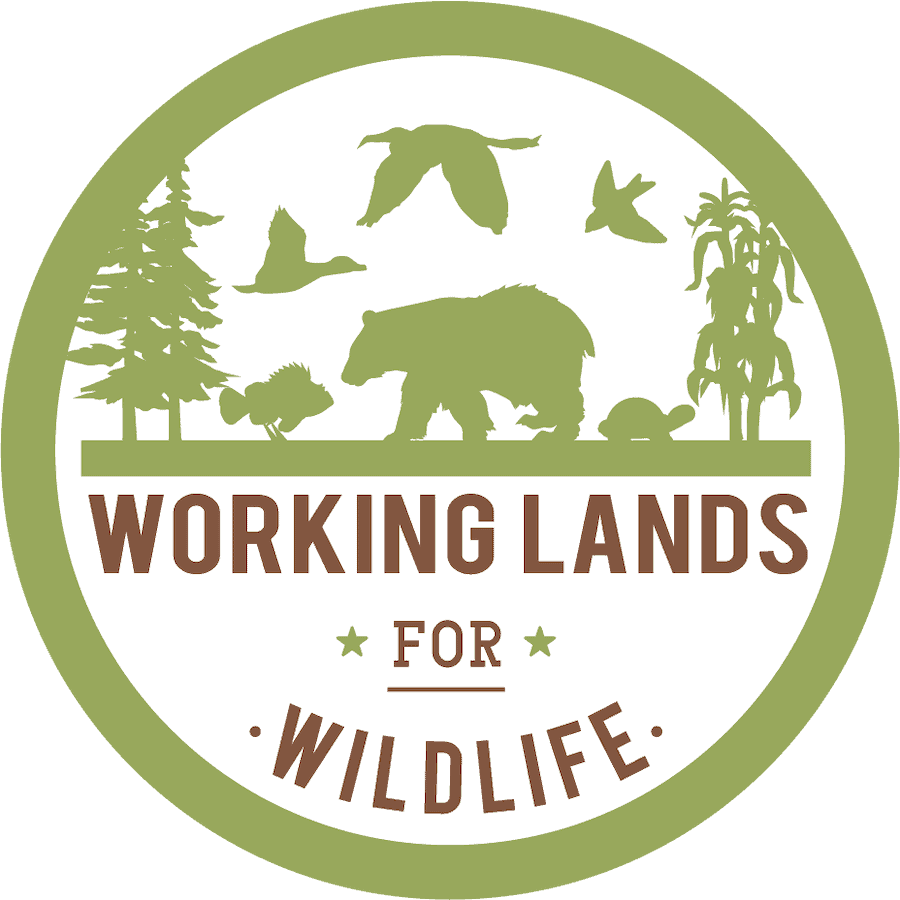-
SECAS Third Thursday Web Forum January 16th 2025
-
by
Web Editor
—
published
Jan 13, 2025
—
last modified
Jan 14, 2025 10:06 PM
—
filed under:
WLFW,
News & Events,
Events,
News,
Working Lands for Wildlife,
SECAS
Mapping freshwater resilience in the conterminous United States
Located in
News & Announcements
/
Events
/
WLFW Events Inbox
-
 SFE Lessons Learned from Learn-n-Burn Events
SFE Lessons Learned from Learn-n-Burn Events
-
by
Admin
—
published
Dec 30, 2020
—
last modified
Apr 18, 2024 01:27 PM
—
filed under:
Training,
WLFW,
Webinar,
Prescribed Burning,
Southern Fire Exchange,
Video,
Online Training,
Wildland Fire,
News,
Learn and Burn,
Landowner Information,
Landowners,
Forestry Management
"Learn and Burn" workshops are an excellent way for private landowners and others to gain hands-on burning experience and knowledge from expert mentors. This webinar will provide some lessons learned from coordinating these events, and tips to putting one on in the future. Participants will be provided with a template checklist, examples of past agendas, ideas for potential partners and funding opportunities, suggestions on how to measure program impact, and successes from past events.
Located in
Training
/
Online Training Programs and Materials
-
SFE Webinar: Fueling Collaboration
-
by
Web Editor
—
published
Nov 12, 2022
—
last modified
Dec 12, 2023 08:34 PM
—
filed under:
WLFW,
Southern Fire Exchange,
Wildland Fire,
News,
SFE,
Events
A series of interactive panel discussions designed to connect fire managers and researchers. Each discussion will be built on questions from the registered attendees. We're working to bring people together to discuss, explore, and address the latest fire science and fire management issues across the eastern United States.
Located in
News & Events
/
Events Inbox
-
 SFE Webinar: Introduction to the SE FireMap 1.0 - A New Tool to Map Fires Across the South
SFE Webinar: Introduction to the SE FireMap 1.0 - A New Tool to Map Fires Across the South
-
by
Web Editor
—
published
Dec 30, 2020
—
last modified
Oct 01, 2025 12:05 PM
—
filed under:
WLFW,
Webinar,
SE FireMap,
Video,
Wildland Fire,
News
The SE FireMap 1.0 is a new fire mapping system for the Southeastern United States. Developed with funding provided by the USDA NRCS, SE FireMap uses a remote sensing-based approach to track both prescribed fire and wildfire activity on public and private lands across the range of the longleaf pine.
Located in
Resources
/
SE FireMap Documentation
/
Webinars and Workshops
-
SFE Webinar: Utilizing Terrestrial Laser Scanning (TLS) for Land Management by US Fish and Wildlife Service Southeast
-
by
Web Editor
—
published
May 05, 2025
—
filed under:
WLFW,
News & Events,
Wildland Fire,
News,
Working Lands for Wildlife,
Events
A free one-hour webinar hosted by the Southern Fire Exchange, the US Fish and Wildlife Service Southeast, the University of Florida IFAS, and the Joint Fire Science Program.
Located in
News & Events
/
Events Inbox
-
 Shorebirds of Louisiana
Shorebirds of Louisiana
-
by
Web Editor
—
published
Dec 11, 2024
—
last modified
Dec 11, 2024 09:36 PM
—
filed under:
Published Materials,
WLFW,
Louisiana Department of Wildlife and Fisheries,
Aquatics,
Shorebirds,
Louisiana,
Birds,
General Resources and Publications
Shorebirds Of Louisiana
Located in
Resources
/
General Resources and Publications
-
 Silvopasture Establishment in Pine (AL)
Silvopasture Establishment in Pine (AL)
-
by
Bridgett Costanzo
—
published
Mar 12, 2021
—
last modified
Apr 21, 2023 12:08 AM
—
filed under:
Information,
WLFW,
silvopasture,
Northern Bobwhite Quail,
Pine,
Job Sheets,
NRCS,
Grasslands and Savannas,
Working Lands for Wildlife,
NRCS Conservation Practices & Materials,
grazing
Job sheet
Located in
Information
/
NRCS Conservation Practices & Materials
/
Job Sheets
-
Sometimes, the simplest things can help wildlife
-
by
Web Editor
—
published
Nov 22, 2021
—
last modified
Nov 30, 2021 12:44 PM
—
filed under:
News,
Working Lands for Wildlife,
WLFW
Sad to say, but that wide-open home on the range that Bing Crosby sings about in Brewster Higley’s “Home on the Range” has been steadily diminishing with every passing decade as the Western landscape has been sliced and diced by roads and barbed-wire fences.
Located in
News & Announcements
/
WLFW News Inbox
-
South Atlantic Blueprint Newsletter June 2020
-
by
Web Editor
—
published
Jun 25, 2020
—
last modified
Dec 12, 2023 09:09 PM
—
filed under:
South Atlantic Conservation Blueprint,
News,
Newsletter,
WLFW,
Wildland Fire
Big improvements to Blueprint methods, forest retention analysis uses Blueprint, Piedmont prairie survey preview.
Located in
News & Events
/
News Inbox
-
 South Carolina Priority Area Shapefile
South Carolina Priority Area Shapefile
-
by
Sage Voorhees
—
published
Mar 05, 2022
—
last modified
Apr 20, 2023 10:53 PM
—
filed under:
Information,
WLFW,
Northern Bobwhite Quail,
Boundaries & Priority Area Shapefiles,
Southeast,
Maps and Spatial Data,
South Carolina,
Grasslands and Savannas,
Working Lands for Wildlife
Northern Bobwhite Partnership Priority Area 2022-2026
Located in
Information
/
…
/
Boundaries & Priority Area Shapefiles
/
Southeast


